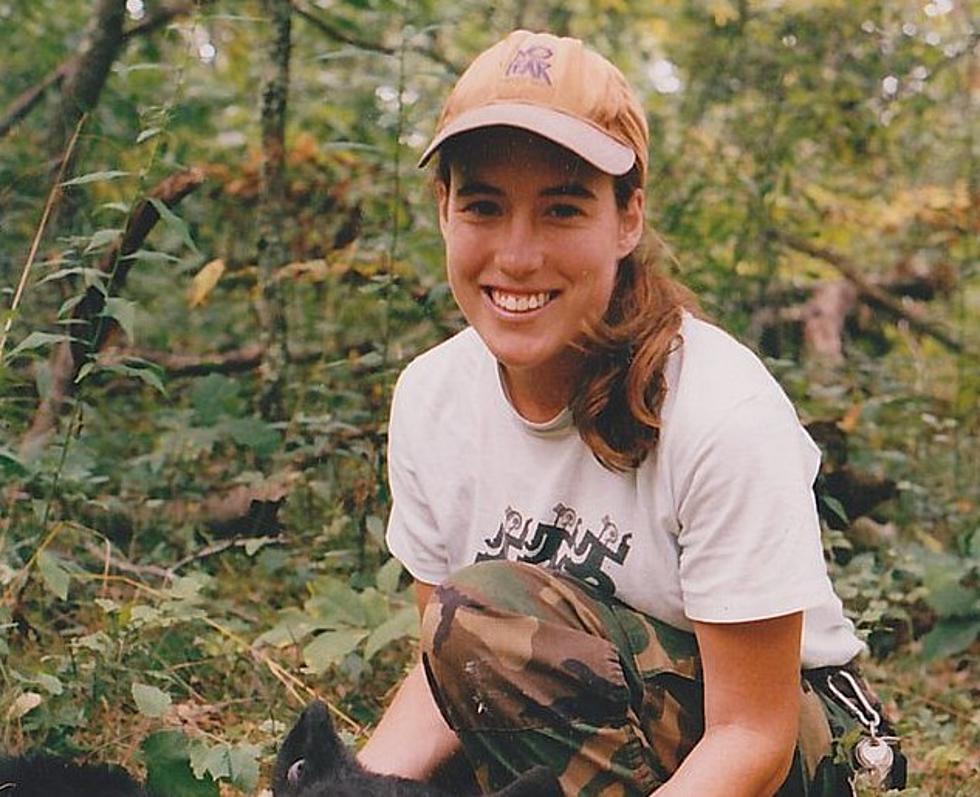
USDA Forest Service Issues Rangeland Management Rule Change for Unauthorized or Excess Grazing
Washington, June 9, 2022 – Today, the USDA Forest Service issued a rule change to 36 CFR 222.50(h) that harmonizes Forest Service policy with that of the Department of Interior and allows for greater flexibility in handling cases of unauthorized or excess livestock grazing on national forests and grasslands. The final rule will be implemented 60 days after publication in the Federal Register.
The final rule allows Forest Service land managers -- under limited circumstances -- the option to waive excess and unauthorized use fees for grazing permittees when the use occurs because of unforeseen or uncontrollable circumstances. The change enables the agency to take a commonsense approach to resolving certain instances of excess and unauthorized use which will help to maintain relationships and ensure grazing on national forests and grasslands is carried out sustainably.
“Livestock managers and ranchers work alongside the Forest Service and are valuable contributors to conserving open spaces and ensuring that forest and grassland resources are managed sustainably,” said USDA Forest Service Chief Randy Moore. “These changes provide the agency the needed flexibility to take into account the honest efforts of ranchers who do their best to uphold their responsibilities on grazing lands.”
The revisions align Forest Service regulations with the Department of the Interior’s Bureau of Land Management, and follow the recommendations laid out in the 2016 Government Accountability Report, “Unauthorized Grazing: Actions Needed to Improve Tracking and Deterrence Efforts.”
Responsible grazing is an important conservation tool and the Forest Service administers more than six thousand active permits for livestock grazing on national forests and grasslands. These lands supply a vital source of forage for domestic livestock, especially in the western United States where ranching is a critical part of the economy, a way of life for rural communities, and important for the domestic food supply. The final rule change is intended to support responsible livestock management while also deterring unauthorized use in a way that is consistent with other public land management agencies.
The final rule can be found in the Federal Register .
More From KSEN AM 1150









